Slide 1: London, Painted Chambre
Of the additions which Henry made to the Palace, the most celebrated was the King’s (later known as the Painted) Chamber. The chamber itself no longer exists, however, it is possible to gain some idea of its sumptuous decoration through two surviving ceiling panels (now at the British Museum) and the early 19th-century watercolours by Charles Stothard (Society of Antiquaries of London). The ceiling was painted and punctuated along its length and breadth with polychrome bosses. The surviving panels from the ceiling are exquisite and depict a seraph and a prophet. The biblical theme was continued through the wall paintings, which illustrated stories from the Old Testament. In the centre of this glorious profusion of colour was a canopied state bed. Beneath the canopy a large painted and gilded scene of the coronation of St Edward the Confessor took pride of place.
Slide 2: Beaumaris Castle
Slide 3: Westminster Hall
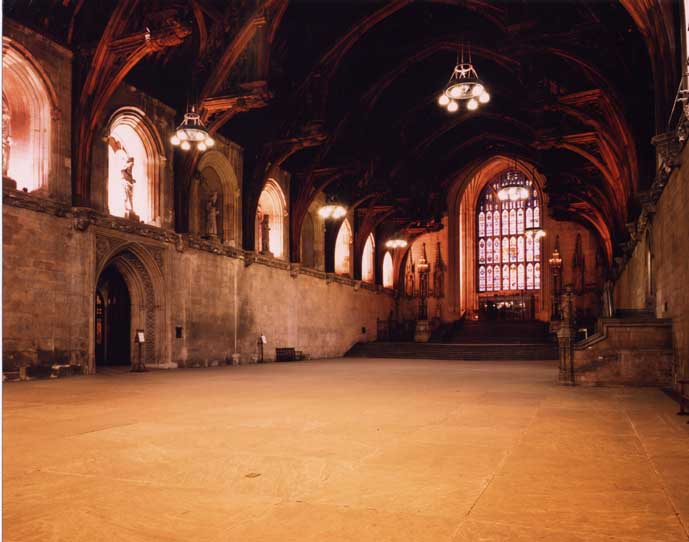
Slide 4: Richard II Panel

Slide 5: Wilton Dyptich

Slide 6: Paris, Palais de la Cite
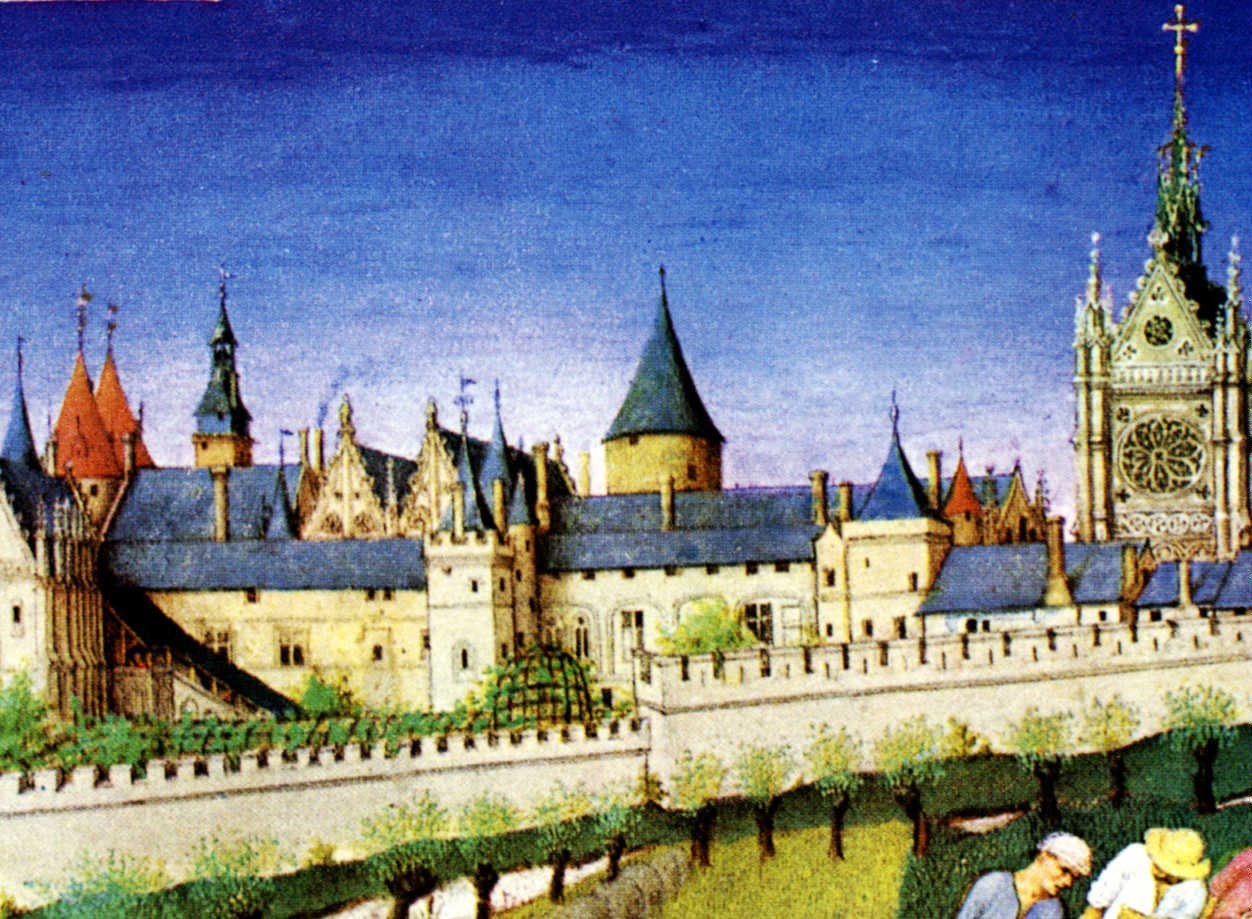
Slide 7: Saumur

Slide 8: Avignon, Papal Palace

Slide 9: Paintings by Matteo Giovanetti
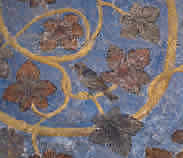
Slide 10: Aachen Minster (Gothic Choir)
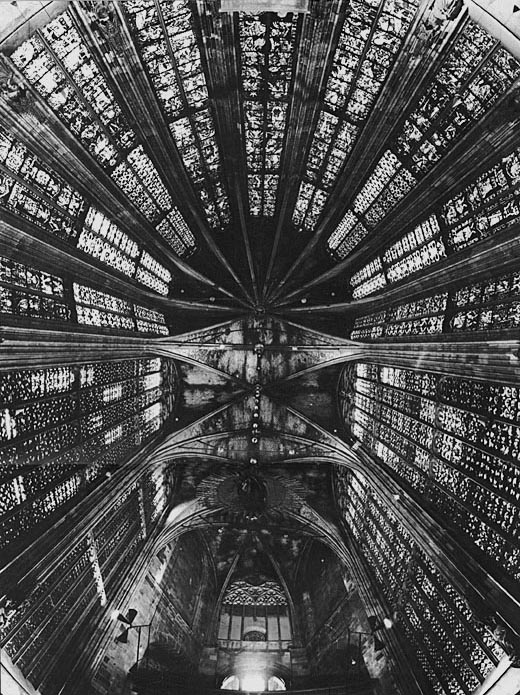
Slide 11: Nuremberg, Frauenkirche

Slide 12: Prague Cathedral

Slide 13: Prague, Old Town Bridge Tower
The Old Town Bridge Tower was designed by Peter Parler, the architect of the Charles Bridge, as a part of the fortification system around the Old Town. The Late Gothic Tower, known as the most beautiful bridge tower in Europe, was built between 1370 and 1391 at the Old Town side of the Charles Bridge and served as a gateway to Prague’s city center.
Slide 14: Prague, New Town, Our Lady of Snows, comp w. Ste Chapelle
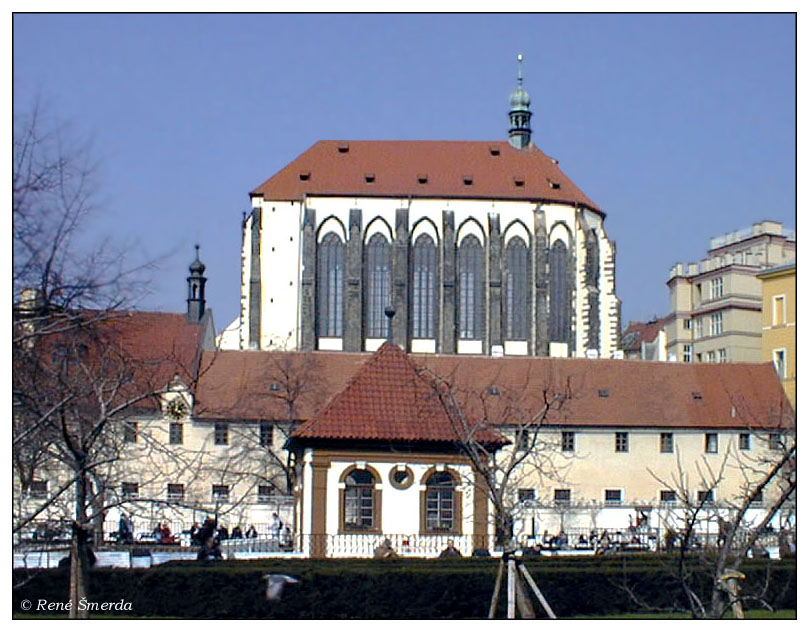
Slide 15: Prague, Karlov (St Charlemagne’s), comp. Aachen(image not found)
Slide 16: The Emmaus Monastery

Slide 17: Prague, New Town, Corpus Christi (destroyed)(image not found)
Slide 18: The Madeville Travels
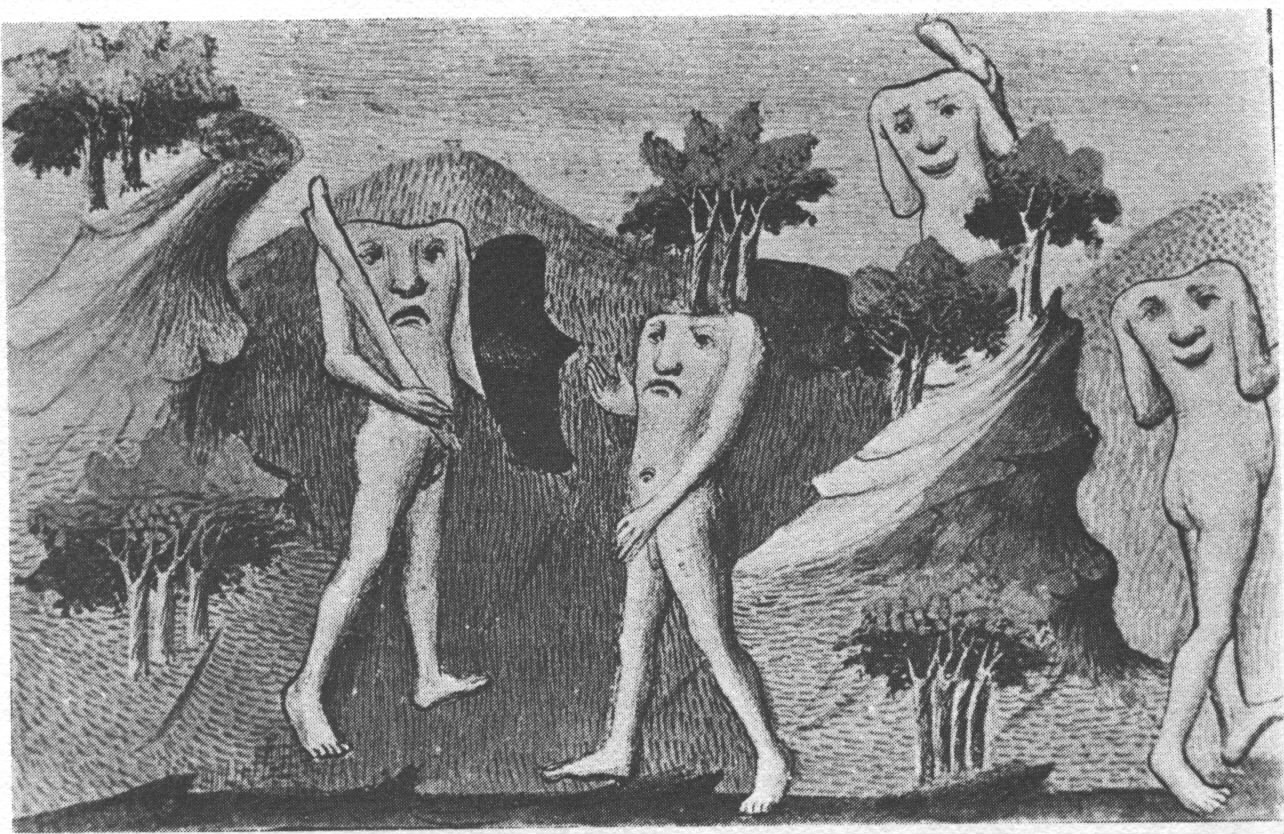
Slide 19: Karlstein Castle
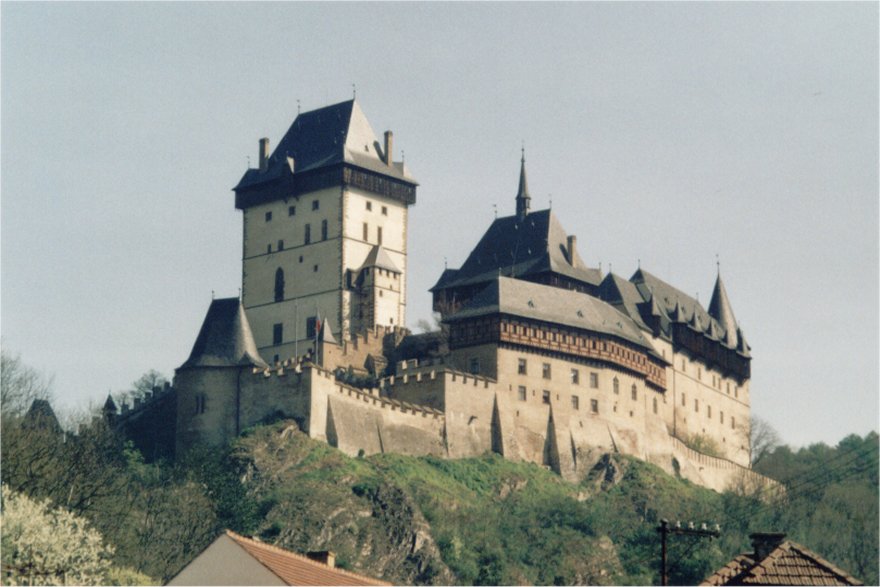
Slide 20: Bohemian Reliquary Cross

Z Opacic
03/02/2005

